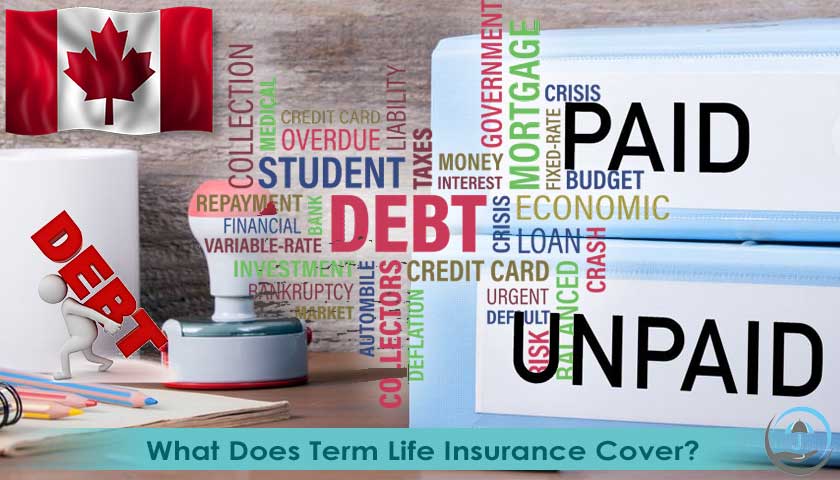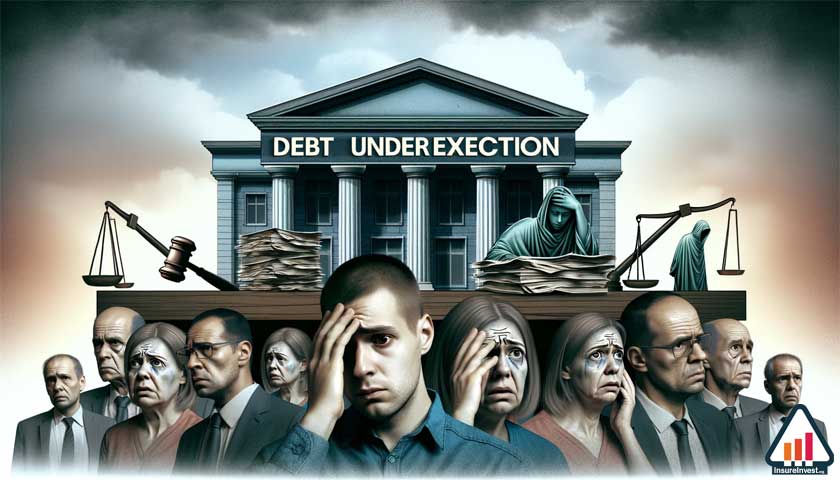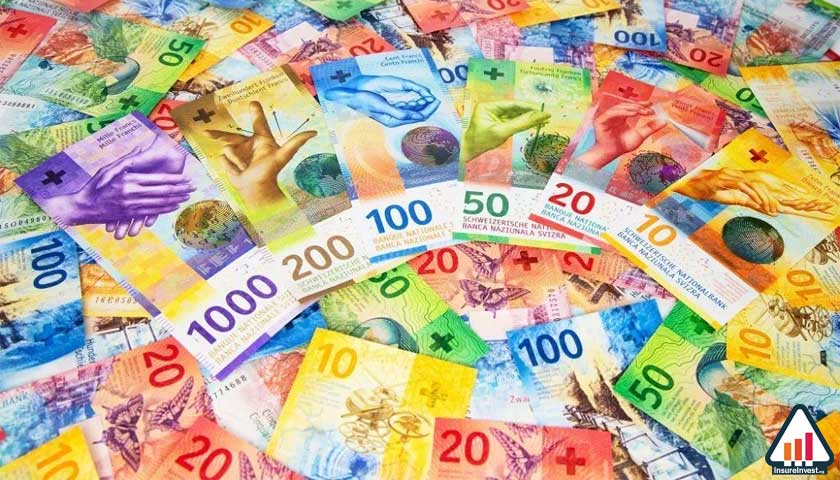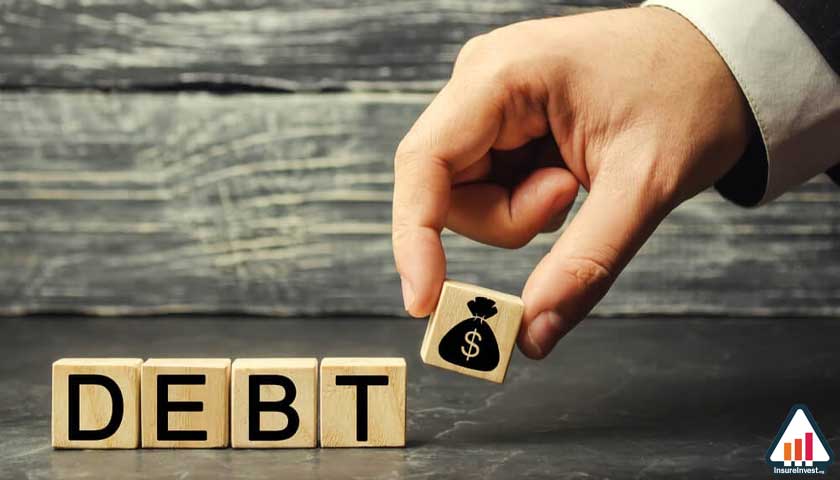Managing debt in Canada
Paying down debt, what to do if a collection agency contacts you and getting help with debt.
What is debt in simple words?
Debt is the amount of money borrowed by one party, from another. A debt arrangement gives the borrowing party permission to borrow money under the condition that it is to be paid back at a later date, usually with interest. In simple words, debt is money borrowed from another party, for something you can’t afford.
Too much debt can turn good debt into bad debt.
You can borrow too much for important goals like college, a home, or a car. Too much debt, even if it is at a low interest rate, can become bad debt. Carrying debt without a good plan to pay it off can lead to an unsustainable lifestyle.
How do you explain debt to a child?
If they’re $5 short of buying that toy, give them the money, but explain it is not a gift; it is a loan. They are in this thing called “debt” until they pay you back. You can even tell them that they have to pay you back a little extra just for the privilege of borrowing your money. That is called “interest,” kiddos.
Making a plan to be debt-free
A step-by-step process for paying back your debt.
Protecting yourself if interest rates rise
How your loan payments may increase if interest rates rise.
Getting help from a credit counsellor
Finding a reputable agency, debt management plans and comparing options to repay debt.
Using a debt settlement company
Things to consider before you sign up with a debt settlement company.
Consumer proposals
How to make a formal offer to creditors to settle debts under conditions other than the original terms.
Filing for bankruptcy
An overview of the bankruptcy process that helps individuals who are unable to pay their debts.
Dealing with a debt collector
Dealing with a debt collector, your rights and how to pay back your debt.
Financial Goal Calculator
Calculate how to pay down your debt and reach your savings goals.
How to Get Debt Forgiveness in Canada
If you are struggling with debt, you may need debt forgiveness as opposed to a repayment plan. Determining this can be assessed by answering three questions:
? Are you barely making the monthly minimum payments on your debts?
? Are your debt balances increasing because you borrow more each month to pay bills?
? Are you missing payments or borrowing from payday loan companies because your existing debts cost too much?
Consumer Proposal
The only formal, legal, debt forgiveness program available in Canada is a consumer proposal.
Personal Bankruptcy
If you cannot afford to make an offer to your creditors to repay part of your debt, you may need to consider filing bankruptcy. In a bankruptcy, your creditors forgive or write-off your debts, in exchange for which you surrender non-exempt assets and make monthly payments based on your income.
Is debt support Canada Real?
The only Canadian government debt relief program is a consumer proposal. A consumer proposal is a formal, legal debt settlement program available under the Bankruptcy and Insolvency Act. It is a safe, reliable debt relief program that allows you to avoid bankruptcy.
How Debt Relief Works in Canada
With the right debt solution, you can:
? Reduce a significant portion of your debt balance
? Combine all your payments into one lower monthly payment
? Get out of debt in as little as 24 – 48 months
? Become debt free without filing bankruptcy
TYPES OF DEBT THAT CAN OR CAN’T BE SETTLED
Unsecured debt that can be settled:
? Credit cards
? Personal loans
? Lines of credit
? Medical Bills
? Collections or Repocessions
? Business Debts
Secured debt that cannot be settled:
? Student loans
? Mortgage
? HELOC
? Tax or Government debt
? Vehicle Loans
? Home Loans
? Lawsuits
How much debt is the average Canadian in?
Statistics Canada reported in late 2020 that the average Canadian household now owes $1.71 for every dollar of disposable income. That’s a sobering debt to income ratio statistic




